Watching children grow independent is a common experience for parents. From toddlers on balance bikes to teenagers heading off to college, it’s a journey. Loving our kids means letting them grow, but it’s hard to remember when they need us so much. Teaching independence needs special tools and a positive parenting approach. This article will share 6 effective ways to raise independent learners from a young age.
Learning on their own is more than just doing well in school. It’s a skill for lifelong self-reliance and motivation. This leads to better grades, more confidence, and creativity. By starting early, you help your child become a confident, curious, and self-driven learner. This sets them up for success in school and life.
/
Table of Contents
Key Takeaways
- Encouraging independent learning can increase self-motivation and independent learning habits by 20%1
- Providing a dedicated learning space can boost independent learning time by 15%1
- Rewarding efforts with feedback improves engagement in independent learning by 85%1
- Listening to children’s learning preferences increases their interest in new challenges by 25%1
- Allowing children to solve problems independently can increase self-confidence by 30% and self-reliance by 20%1
Cultivating Self-Reliance: Why Independent Learning Matters
Learning starts at birth and never stops. As kids grow, they learn to crawl, walk, and talk. They also start thinking for themselves. Parents are key in teaching kids to learn on their own. This skill is vital for their future success.
Teaching kids to be independent early on boosts their confidence. It helps them face the world’s challenges with courage and determination.
Fostering Independence from Early Childhood
Montessori believes in the importance of independence in learning2. It lets kids learn by themselves, building their confidence2. This independence is crucial for both school success and future careers2.
Montessori infant rooms encourage kids to explore and learn2. Toddlers learn to dress themselves, teaching them to be independent2. Older kids do activities like plant care and cooking, teaching them responsibility2.
The Role of Parents in Promoting Independent Learning
Montessori education helps kids become empowered and confident2. It teaches them to be self-reliant and responsible2. Starting early with autonomy boosts their growth and confidence2.
Self-reliance is linked to better mental health3. It leads to higher life satisfaction and better mental well-being3.
“Practicing daily affirmations can lead to improvements in self-esteem, self-efficacy, and overall psychological functioning.”3
Parents can help their kids become self-reliant. They can do this by supporting their independent learning and creating an environment that encourages growth and freedom.
Have Confidence in Your Child’s Abilities
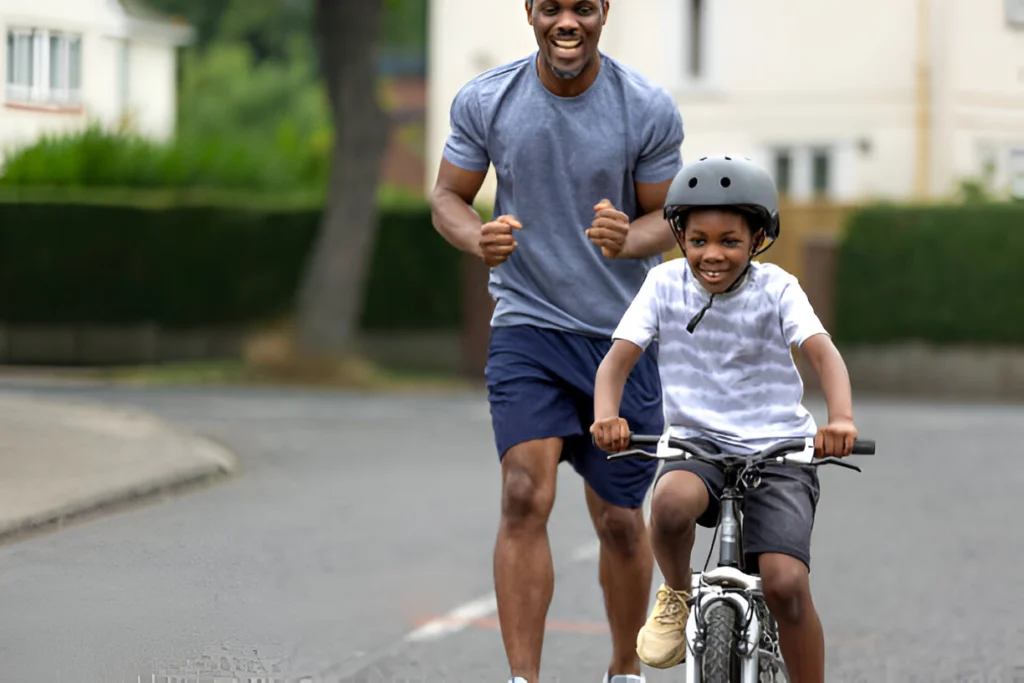
It’s key to let your child explore and learn on their own terms. This helps build self-confidence and independent learning. Every child is different, so there’s no single way to learn. By showing your child you believe in their abilities, they feel more confident to do things on their own4.
When it comes to homework, let your child do it themselves. This helps them feel responsible for their learning4. As they grow, giving them more independence helps them learn important life skills and boosts their self-confidence5.
- Kids start feeling confident from birth5
- Learning new skills makes kids feel capable5
- Reaching goals, big or small, increases their confidence5
- Showing unconditional love and praise boosts their self-worth5
By trusting your child’s abilities, you empower them to take charge of their learning. This builds the self-confidence they need to succeed. It also encourages a love for learning and a desire to explore the world on their own45.
| Age Range | Independent Tasks | Success Rate |
|---|---|---|
| 4-5 years (Preschoolers) | Loading dishwasher, washing dishes, caring for houseplants | Ratio of children able to perform each task4 |
| 6-8 years (Early Elementary) | Taking out trash/rubbish, cleaning countertops, folding/hanging laundry | Percentage of children capable of each task4 |
| 9 years and above | Making simple meals, doing laundry, cleaning toilets | Statistical distribution of children able to perform each task4 |
“Confidence is as important as skills in children’s development.”5
Encourage Intellectual Curiosity
It’s vital to foster a love for learning and intellectual curiosity in kids. They naturally want to know more about the world. Letting them find answers on their own boosts their learning and understanding6.
Studies show that starting to encourage curiosity in Kindergarten can lead to success in school6. Curious kids do better in reading and math. They also learn to handle uncertainty and think outside the box6. Curiosity is also key in the workplace, making employees more adaptable6.
Nurturing a Love for Learning
Making learning fun helps kids become curious adults6. Research links curiosity to motivation. Asking open-ended questions sparks students’ curiosity7. Tools like PebbleGo help K-2 students explore and ask questions6.
Promoting Exploration and Discovery
Encouraging exploration and discovery is crucial. Learning Coaches say daily curiosity is essential for engagement. Students need time to process what they learn, so a “chunk and chew” strategy is recommended7.
Strategies like “What’s My Rule?” and “Teach the Future” help students think critically and explore8.
“Many of us follow daily routines and standard practices and end up missing out on those invaluable “whys” that poke at our students’ imaginations.” – Ben Talsma, learning specialist for the Van Andel Institute for Education8
By encouraging curiosity, educators inspire students to love learning. This makes them eager to face new challenges and find creative solutions678.
Create a Dedicated Learning Space
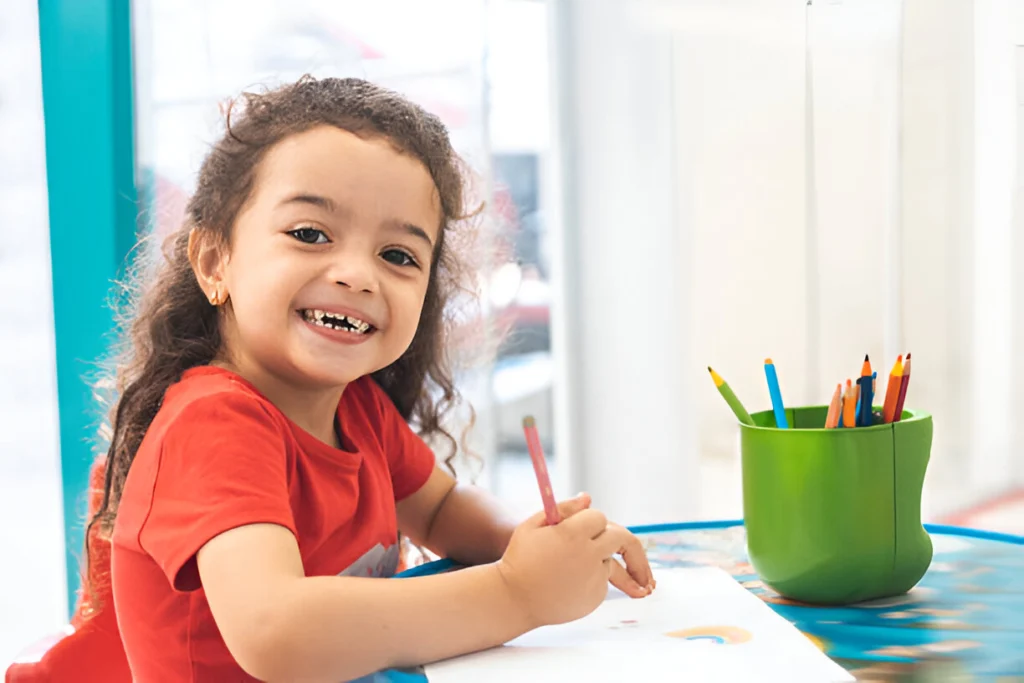
Setting up a special area in your home for learning can make studying fun and comfy for your child9. Letting them help with the design and setup of this dedicated learning space boosts their motivation to learn9.
Good lighting is key for a great learning spot. It helps keep your child’s energy and focus up9. Natural light or light that feels like sunlight can also help with school work and health9.
A tidy and bright learning area helps your child stay focused and eager to read and learn9. Adding plants can also help reduce stress and improve concentration10.
Make the educational space at home fit your child’s interests and learning style. This encourages them to learn on their own and sparks curiosity9. A clean and quiet study area is also important for better concentration and memory10.
| Key Benefits of a Dedicated Learning Space | Statistical Insights |
|---|---|
|
Creating a dedicated learning space in your home helps your child love learning more. It also helps them learn on their own and do well in school91011.
Celebrate Effort Over Perfection
In today’s world, focusing on effort and progress is key. Praising kids for their hard work and growth, not just grades, boosts their motivation. This approach encourages them to keep trying and seek new challenges12.
Embracing Mistakes as Learning Opportunities
Seeing mistakes as chances to learn helps kids feel less scared of failure. It prepares them for success in the future12. When we celebrate learning and overcoming hurdles, kids feel more driven and purposeful. They learn to tackle tasks on their own and keep getting better12.
Studies show that teachers who praise effort over perfection really help students learn on their own13. In fact, 92% of students feel more motivated and engaged when their effort is recognized by teachers13.
Also, students who celebrate small wins are 20% more likely to keep going when faced with challenges13. By valuing effort and progress, we raise kids who are brave and see mistakes as chances to learn1213.
| Effort and Persistence Data | Impact on Student Motivation | Academic Success Recognition |
|---|---|---|
|
|
“Celebrating student success is crucial for student motivation, self-esteem, and creating a positive classroom culture.”14
By adopting a growth mindset and valuing effort over perfection, we empower kids to be resilient and independent. They see mistakes as learning opportunities and are not afraid to take risks1213.
Promote Problem-Solving Skills
As a parent, you might want to solve your child’s problems right away. But doing so can actually hold back their problem-solving skills15. Instead, help your kids find their own solutions. This lets them feel the discomfort and disappointment of mistakes. It also helps them grow and become more self-reliant16.
Allowing Children to Overcome Challenges
Encourage your kids to solve problems by themselves. Only step in when they really need your help. This makes them confident and ready to take risks and learn from mistakes15. By seeing challenges as chances to grow, your kids will develop important thinking and analytical skills16.
The path to solving problems on their own can be tough. But it’s these challenges that build their resilience and confidence. Trust in their abilities and support them when they need it most15. With your help, your kids will face challenges with a positive attitude, preparing them for success in life16.
| Skill | Description |
|---|---|
| Convergent Thinking | Aimed at deducing a concrete solution to a problem |
| Divergent Thinking | Involves exploring all possible solutions to generate creative ideas |
“Problem-solving is defined as the ability to quickly solve any given problem with ease, requiring convergent and divergent thinking skills.”16
Independent Learning
Independent learning is key for kids’ long-term success. It lets them own their learning journey. Parents can help by giving the right support, boosting their confidence and motivation17. This means creating a space where they can explore, solve problems, and make decisions on their own.
Early learning independence has many benefits. Kids become more self-reliant and love learning for life18. By letting them lead their learning, parents prepare them for today’s world challenges.
To support this, parents can set up learning areas, praise effort, and encourage problem-solving17. Giving kids real responsibilities and choices also helps them grow independent and self-directed.
In the end, encouraging kids to learn on their own sets them up for success18. It builds a love for learning and self-reliance. This way, they’re ready to face the world’s demands and become active, engaged learners.
| Strategies for Fostering Independent Learning | Benefits of Independent Learning |
|---|---|
|
|
“By empowering children to take an active role in their education, parents can help them become confident, self-directed learners who are well-equipped to navigate the challenges of the 21st century.”
Involve Children in Age-Appropriate Responsibilities
Every family member is crucial to a well-run home. By giving kids tasks like folding laundry or helping with meals, you boost their confidence. These tasks help them feel part of the family and teach important life skills19.
Building Life Skills Through Chores
Assigning tasks to kids can greatly impact their growth. Young kids (Ages 3-5) should start with simple tasks like putting away toys. As they get older, they can take on more, like making their bed or helping with meals19.
Older kids (Ages 9-11) can do laundry or help with pets. Pre-teens (Ages 12-14) can manage their schedules and plan meals. High School students (Ages 15-18) should focus on budgeting and planning projects19.
Children aged 2 to 5 learn valuable skills from chores. These tasks teach them about organization and time management20.
Assigning chores to older kids (6-10 years old) helps them develop a strong work ethic. Pre-teens (11-13 years old) can learn to cook and budget. Teenagers (14-18 years old) can take on more complex tasks like car maintenance20.
Research shows that kids as young as 3 can benefit from doing chores. These activities boost their self-esteem and responsibility21.
Children who do chores do better in school and relationships. It’s important to talk to them about new expectations21.
Positive feedback and consistency are key to motivating kids. Age-appropriate chores help them become independent21.
Offer Choices and Decision-Making Opportunities
As kids grow, giving them choices helps them learn to make decisions. This builds their independence and sense of responsibility22. Letting them pick between good options, like snacks or after-school plans, boosts their control over their lives22.
Studies show that making choices helps kids think for themselves. It teaches them to own their decisions, learn from mistakes, and solve problems2223. Giving them just two or three choices keeps them focused and involved22.
It’s key to teach, model, and practice making choices22. Make sure the choices fit the child’s age and abilities22. This way, you help your child make smart choices and feel in charge22.
“Providing choice options through picture cues, written lists, or verbal statements can help students make decisions.”22
Helping your child make decisions prepares them for the future24. As they practice choosing and learning from mistakes, they grow stronger, more confident, and open to new experiences24.
Encourage Independent Play and Exploration
It’s important for kids to play and explore on their own. This helps them learn to solve problems and become more self-reliant25. It might be hard for parents to let go, but it’s good for kids to face challenges alone. This way, they learn to take charge of their learning and grow in confidence26.
For centuries, kids have learned through playing freely. But today, they often do more structured activities. These might be fun, but they don’t help as much as free play does27.
When parents let kids play by themselves, they dive deeper into their play. They learn important skills at their own speed27. Creating a “Yes Space” for kids to play freely encourages them to learn and explore on their own25. Toys that match their abilities also help them play independently25.
Having “Together Time” with caregivers can make kids want to play more by themselves25. Making play a regular part of the day helps kids play independently too25. But, too much screen time can stop kids from playing on their own25.
Parents can start by making small changes. Like setting aside playtime and slowly making it longer27. Creating a home where play is valued and kids can explore freely without being judged helps them play more independently27.
In the end, letting kids play and explore on their own helps them grow. They learn important skills, become more confident, and ready for future challenges and success.
Create an Enabling Environment
The way you organize your child’s environment can greatly help them learn on their own. Make sure they can easily get to their cups, plates, and other things they need Having a special place for their stuff helps them feel more independent and responsible28. By tweaking your home a bit, you can help your child do more things by themselves.
Organizing Spaces for Independence
To help your child learn by themselves, organize their spaces well28. It’s important to give them access to both inside and outside areas. This mix of self-led and adult-guided activities is good for them29. Outside, things like chalkboards, cardboard, and natural stuff can make learning fun and spark creativity28.
- Make sure your child can easily get to what they need, helping them feel more independent and responsible.
- Have special spots for their things, so they can feel like they own the space.
- Use easy-to-use and organized storage, so your child can find and put away their stuff without trouble.
When setting up spaces for your child’s learning, think about what they like and find interesting29. Places that inspire and include them can make learning better and more fun.
| Enabling Environment | Benefits |
|---|---|
| Access to indoor and outdoor spaces | Balanced self-directed and adult-led activities |
| Non-prescriptive, adaptable resources | Enhanced learning experiences, creativity, and problem-solving |
| Inclusive and inspiring spaces | Nurture wonder, curiosity, and sustained shared thinking |
Creating an enabling environment is key to helping your child grow and learn2829.
Gradually Increase Responsibilities
As kids grow, parents should give them more responsibilities and freedom30. This helps kids learn and grow by making their own choices31. It also teaches them to handle mistakes and grow stronger.
Letting Go and Allowing Mistakes
The gradual release model changes how teachers teach30. It’s based on ideas from famous educators30. This model has four parts: Focus Lessons, Guided Instruction, Group Work, and Independent Learning30.
The Gradual Release of Responsibility Model was created in 198331. It has three stages: Focused Instruction, Guided Practice, and Independent Practice31. It helps students improve in reading and writing31.
Pearson & Gallagher introduced the “gradual release of responsibility” idea in 198332. Vygotsky’s “zone of proximal development” is key to the model’s success32.
| Key Components of Gradual Release of Responsibility Model | Description |
|---|---|
| Focus Lesson | Students actively listen, take notes, and ask for clarification without answering questions about their own thinking32. |
| Guided Instruction | Aims to guide students towards using skills independently, with lessons designed to ensure student success and less support from the teacher32. |
| Collaborative Learning | Involves collaborative efforts where students use academic language and are individually accountable for their contributions30. |
| Independent Learning | Tasks used for formative assessments to check understanding and identify the need for reteaching30. |
The model’s components can be used in any order30. Gameplan uses it to make learning fun through games31. It offers teachers customizable lessons for better learning31.
The gradual release method shifts from teacher to student focus31. Gameplan’s approach includes engaging activities and reflections31. The IWY method helps students learn on their own31.
“The gradual release of responsibility model allows students to move back and forth among the components as they master skills.”31
Fisher & Frey (2006) say the GRR Model has four phases32. It’s effective in teaching writing, reading, and literacy32.
A study by Conklin and Wilkins shows kids improve in reading with guided reading32. Gabl, Kaiser, Long, and Roemer found reading groups help students read better323031.
Conclusion
Teaching your kids to learn on their own is key to their future success. Start by boosting their confidence. Encourage them to ask questions and explore new things. Make sure they have a special place to study.
Focus on the effort they put in, not just the results. Teach them to solve problems and take on more tasks. This will help them grow into self-assured, independent learners33.
It’s not always easy, but the benefits are huge. Independent learning boosts their motivation and grades33. It also helps them manage time and be proactive33. This prepares them for success all their lives.
But it’s more than just good grades. It’s about teaching them to rely on themselves, solve problems, and grow. Be there to support them, celebrate their wins, and watch them become confident, independent learners ready to face the world.

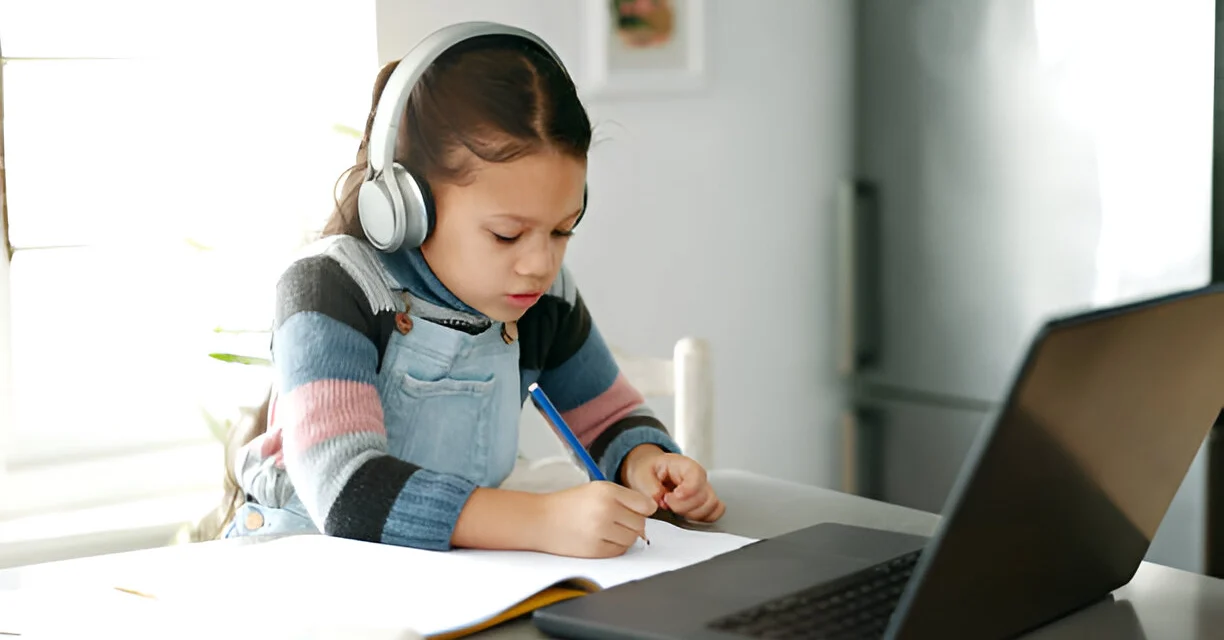
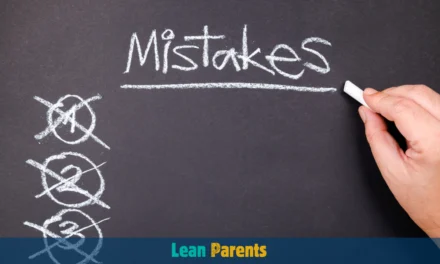
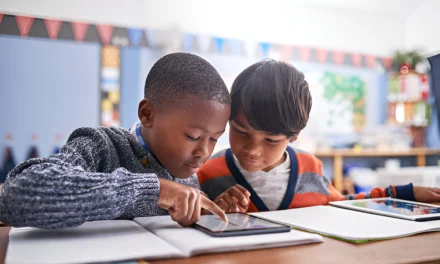
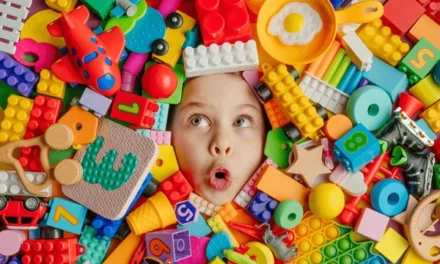

Trackbacks/Pingbacks